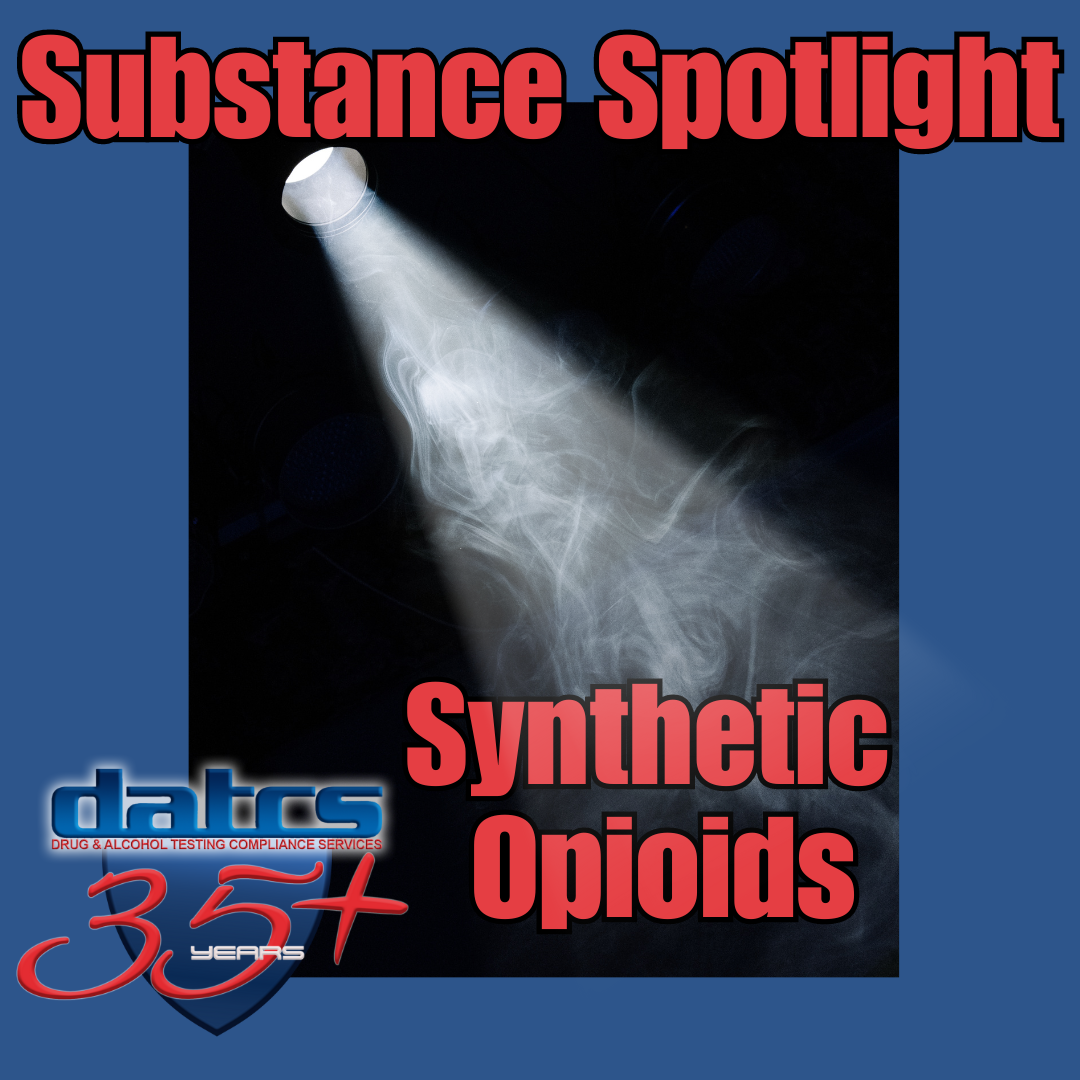The Rise of New Synthetic Opioids – Etadesnitazene, N-Pyrrolidino Etonitazene, and Protonitazene
The Opioid Crisis: A Relentless Battle
The opioid crisis continues to cast a long and devastating shadow over our nation, claiming tens of thousands of lives each year. The emergence of new, potent synthetic opioids only serves to deepen this crisis, making the fight against addiction and overdose even more challenging. Etadesnitazene, N-pyrrolidino etonitazene, and protonitazene are three such substances that have recently entered the scene, raising serious concerns for public health and safety. Let’s take a closer look at these substances, exploring their history, impact on the ongoing opioid epidemic, and recent classification as Schedule I narcotics.

Understanding the Basics: What Are These Substances?
In essence, these three substances are part of the growing and alarming family of synthetic opioids. They share chemical similarities with fentanyl, a highly potent and addictive pain reliever notorious for its role in the opioid epidemic. While they might possess some pain-relieving qualities, the risk of addiction and overdose associated with them is extraordinarily high. Their recent appearance has raised concerns due to the limited knowledge about their long-term effects and their potential to exacerbate the already devastating opioid crisis.
A Brief History: From Pharmaceutical Research to the Streets
The history of these substances is a stark reminder of the fine line between scientific exploration and the potential for misuse. Etonitazene, the parent compound of these newer substances, and other drugs of the nitazene analog subclass were initially invented in the mid-1950s by the Swiss pharmaceutical company CIBA. However, their high potency and potential for abuse quickly became evident, and they were never approved for medical use.
Fast forward to the present day, and we see the emergence of N-pyrrolidino etonitazene and protonitazene, first mentioned in scientific literature around 2018. Their specific origin and the individuals responsible for their synthesis remain largely shrouded in mystery, but their presence in the illicit drug market is a stark reality. It’s crucial to note that these substances have no recognized medical applications and are primarily encountered in the dangerous world of illegal drug use.
Street Use and the Dangers of "Pyro"
N-Pyrrolidino etonitazene, also known by its street name “Pyro,” has emerged as a particularly concerning substance. Reports suggest that it is being sold illicitly as a cheaper and even more dangerous alternative to heroin or fentanyl, often mixed with other drugs or pressed into counterfeit pills. This poses a significant risk to users who may be unaware of its extreme potency and the heightened dangers associated with it. The emergence of “Pyro” underscores the ever-evolving nature of the illicit drug market and the constant need for vigilance and education.
The Impact: Fueling the Opioid Crisis
The impact of these substances is undeniably negative, contributing to the rising tide of overdose deaths. Their high potency makes them highly addictive and significantly increases the risk of overdose. Toxicology cases across the United States linked to these substances underscore their alarming presence in the illegal drug market. Their clandestine nature makes it difficult to track their spread and fully grasp their devastating effect on public health.

Schedule I Classification: A Closer Look
In April 2022, the Drug Enforcement Administration (DEA) took decisive action by temporarily classifying these substances as Schedule I under the Controlled Substances Act. This classification signifies that they have a high potential for abuse, lack any currently accepted medical use in the United States, and are considered unsafe for use even under medical supervision. The permanent scheduling order, issued in April 2024, solidified this classification.
Why Schedule I? The DEA's Rationale for Classifying New Synthetic Opioids
The DEA’s decision to classify these substances as Schedule I was rooted in several key factors:
- High Risk of Addiction and Overdose: Their structural similarity to the highly addictive opioid fentanyl suggests a strong likelihood of dependence and a heightened risk of fatal overdose.
- No Medical Use: Currently, there are no recognized medical applications for these substances in the United States. They haven’t undergone the rigorous testing and approval process required for prescription medications.
- Public Health Threat: The presence of these substances in toxicology cases paints a grim picture of their circulation in the illegal drug market, posing a grave and immediate threat to public health.
- International Obligations: The United Nations Single Convention on Narcotic Drugs mandates that signatory countries control substances listed in its schedules. The addition of these substances to Schedule I of the Single Convention obligated the United States to implement control measures.
Implications of the Classification
The Schedule I classification carries several significant consequences:
- Stricter Regulation: The manufacturing, distribution, possession, and use of these substances are now subject to stringent federal regulations, aimed at curbing their availability and preventing their further spread.
- Law Enforcement Focus: Law enforcement agencies are granted greater authority to investigate and prosecute crimes related to these substances.
- Research Restrictions: Research into these substances now requires special registration and approval from the DEA, which could potentially hinder efforts to understand their properties and develop life-saving antidotes.
The Path Forward: Navigating the Challenges
Classifying these substances as Schedule I narcotics is a crucial step in controlling their spread and mitigating their harm. However, the fight is far from over. Their clandestine nature makes it difficult to track their movement and identify new sources. Continued vigilance from law enforcement, public health officials, and the medical community is essential to address the risks associated with these substances.
In Conclusion
Etadesnitazene, N-pyrrolidino etonitazene, and protonitazene represent a new and dangerous front in the ongoing opioid crisis. Their recent classification as Schedule I narcotics underscores the urgent need for stricter control and greater public awareness. By staying informed, supporting harm reduction initiatives, and seeking help when needed, we can work together to create a safer and healthier future for all.

